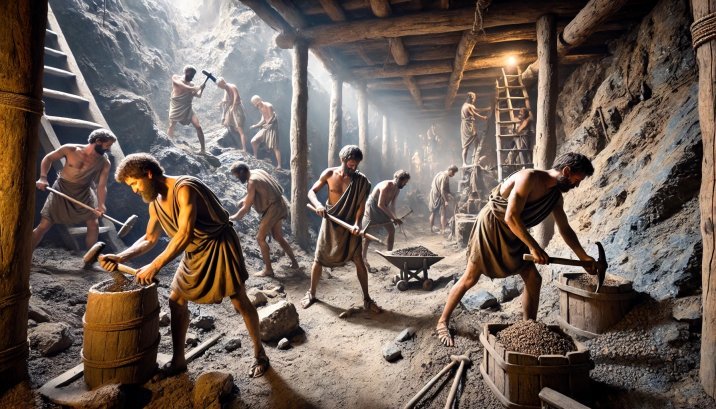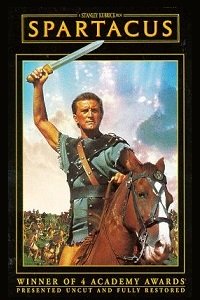The Complex World of Roman Slavery: Roles, Rights, and Revolts
Updated on: 19 January 2025Reading time: 4 minutes
Contrary to popular belief, ancient Roman slaves were not all brutally treated, nor did they exclusively perform low-skilled labour. Some slaves were highly educated and worked as cooks, teachers, accountants, and even doctors. Many were well cared for by their masters, enjoying good food, comfortable accommodation, and leisure activities such as attending the circus.
Slaves could even hold property and use it as though it were their own, despite it legally belonging to their masters. Educated slaves and those with specialised skills were often permitted to earn their own money, which they could save to eventually purchase their freedom.
However, slaves were not Roman citizens and were considered property under Roman law. They lacked the rights of citizens, particularly when it came to punishment, which was often far harsher for slaves.
Corporal punishment could be inflicted on slaves (unlike Roman citizens), and they could be condemned to death by crucifixion, a punishment forbidden for citizens. Additionally, slaves engaged in low-skilled labour, such as working in mines, mills, or quarries, often endured extremely harsh and brutal conditions.
The Role of Slaves in the Roman Economy
The proportion of slaves in the total population is estimated to have been 30–40% during the Late Republic (a significant percentage), declining to around 10–15% during the Empire. Slaves were often former soldiers captured during Rome’s wars of expansion.
Slave dealers frequently accompanied the Roman army to acquire captives. This is depicted in the film Spartacus, where the slave dealer Lentulus Batiatus negotiates with the Roman general Marcus Licinius Crassus to be the primary dealer following Crassus’s victory over Spartacus’s army.
Pirates also contributed to the slave supply by kidnapping people and selling them for profit. The slave trade was highly lucrative; in the 1st century A.D., a slave could sell for around 1,000 sestertii, while the average Roman worker’s monthly wage was approximately 80 sestertii.
It is estimated that 250,000 slaves were sold annually in the early Roman Empire. This trade significantly bolstered the economy, as slaves performed arduous labour, such as working in fields and mines. Around half of all slaves were employed in the countryside, with agriculture being a particularly profitable sector.

|
How Slaves Acquired Their Freedom and Restrictions on Manumission
Educated slaves could purchase their freedom from their masters, becoming freedmen. Slaves might also be freed as a reward for loyal service, a good deed, or as an act of respect or friendship.
During the Pax Romana, as Rome ceased expanding and acquiring new territories, the supply of new slaves diminished significantly. To preserve the existing slave population, the government imposed restrictions on manumission. Escaped slaves were actively hunted, and rewards were frequently offered for their capture.
Fugitive slaves faced severe punishment, including whipping or execution by crucifixion. They could also be branded on the forehead with the letters FUG, meaning fugitivus or fugitive in Latin.
The Servile Wars: A Series of Slave Revolts in the Late Republic
As previously noted, many slaves were former soldiers captured during Rome’s wars of expansion. This background contributed to several significant slave revolts, collectively known as the Servile Wars, in the Late Roman Republic. The most famous of these was the revolt led by Spartacus between 73 B.C. and 71 B.C. The acclaimed film Spartacus portrays the events of the Third Servile War.
Interesting Facts About Roman Slavery
|
SOURCES
- Slavery in the Roman World - Cambridge Introduction to Roman Civilization (S. R. Joshel, Cambridge University Press, 2010)
- Slavery in the Late Roman World, AD 275-425 (K. Harper, Cambridge University Press, 2016)
- Greek and Roman Slavery - Routledge Sourcebooks for the Ancient World (T. Wiedemann, Routledge Revised edition, 1989)
- Slavery & Rebellion in the Roman World, 140 B.C.-70 B.C. (K. R. Bradley, Indiana Univ Press, 1998)

